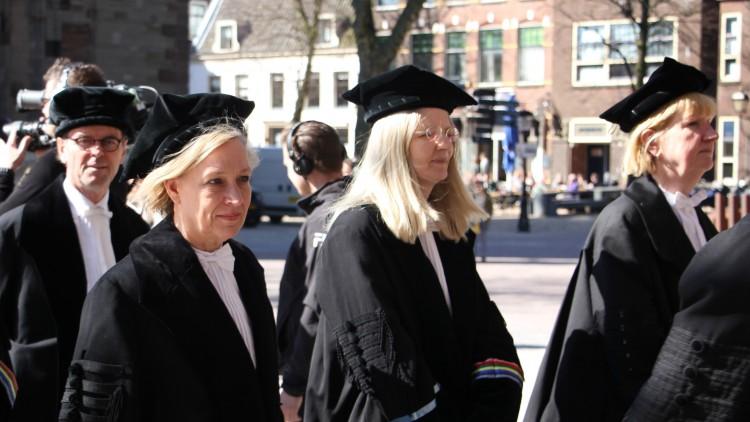More hours, but lower wages for women professors

On average, professors work more than four days a week, plus an unknown number of overtime hours. But officially the working week of women professors is just a little longer than that of men: it differs about an hour and a half.
Their wages are a different story, according to the monitor that the Dutch Network of Women Professors presented last week. Women are often rated lower than men. This may partly be due to their age, because women professors are usually younger than their male colleagues. Earlier research shows that this is probably not the full explanation.
Considerable progress
Just like the HOP in October, the creators of the monitor also see that considerable progress has been made in the number of women professors. The estimates have been adjusted: at this rate, proportional representation of men and women is established faster. Yet it would still take more than 20 years.
There are now 685 women professors, compared to 2,272 male professors (calculated in FTEs, or full-time jobs). The progress was partly caused by the so-called Westerdijk Talent Incentive: A grant of five million euros to appoint a hundred women professors, 50 thousand euros per appointment.
We just have to wait and see what the exact effect of this impulse is, as the final settlement will come in 2020. One thing is clear: these women should not count towards the universities' own targets. They are additional professors. The universities must achieve their targets, otherwise they must repay (in Dutch, ed.) the money for these Westerdijk professors. This was a clever political idea from Jet Bussemaker, the former minister of Education.
Differences
The figures on women professors differ from the tables that the Association of Universities in the Netherlands (VSNU) has on its website. They lead to a slightly different ranking. In particular Maastricht is doing better in the monitor: the university is no longer number five (as the HOP reported), but is suddenly second in second place.
This is because the monitor omits the entire field of health. As a result, Maastricht is rising 3.6 percentage points to 29.7 percent women professors.
Why the monitor does that? Because most ‘health’ scientists are employed by academic hospitals. Therefore, these university figures do not say anything about the field of health as a whole. Unlike the Association of Universities in the Netherlands, the creators of the monitor choose to omit the entire discipline from the ranking of institutions. This also includes courses such as health sciences and dentistry, which still fall under the umbrella of the universities.
However, the creators of the monitor did ask the UMCs how many male and women professors they employ: between twenty and thirty percent is the outcome, with the VU Medical Centre at the top and Erasmus MC at the bottom.